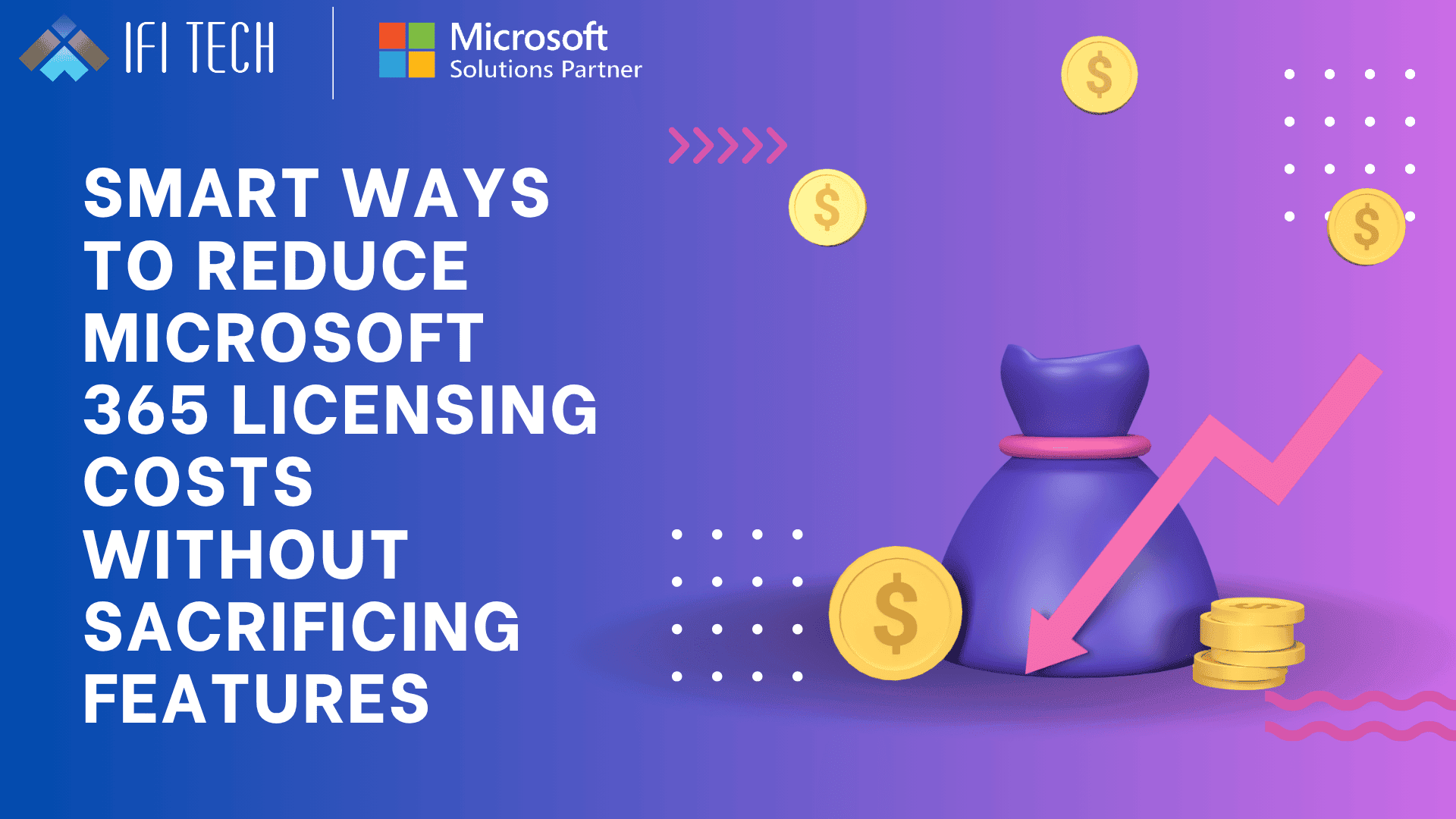




It’s hard to imagine a modern business running without Microsoft 365 at its core. It is powerful, scalable, and indispensable. The problem is that a lot of businesses are inadvertently losing money on unnecessary licensing fees.
If you have ever looked at your Microsoft 365 invoice and wondered, “Why are we paying so much?”, you are not alone. The problem does not lie in the platform, but in the approach.
The good news? You can cut those licensing costs without trimming essential tools or features. How can it happen? With a smart strategy, innovation, and a closer look at the details.
We are here to discuss some smart, actionable, and human-friendly ways to reduce Microsoft 365 licensing costs, that too without losing the features your team relies on.
Perform a thorough license audit before you determine to make any changes. Most organizations are surprised by what they find.
Utilize the Microsoft 365 Admin Center to check license assignments and usage. It’s a red flag if someone has an E5 plan, but is using only email and Teams.
Smart move: Start by downgrading users who do not need premium features. You’ll cut costs without removing access to necessary tools.
Different employees need different tools. A marketing manager and a warehouse associate do not need to have the same license.
Here’s how to break it down:
Employee Role | Suggested Plan |
Frontline Workers | Microsoft 365 F3 |
Admin/Back Office | Microsoft 365 Business Standard |
Managers/Analysts | Microsoft 365 F3 |
IT/Security Personnel | Microsoft 365 F3 |
Tailoring plans based on real requirements avoids overspending while ensuring every user has the right toolbox.
Pro tip: Avoid distributing the most expensive plan to everyone because “just in case.”
Flexibility is your best friend when it comes to cost-cutting.
This hybrid model prevents you from overcommitting and helps you respond to staff changes without financial penalties.
Bonus: Monthly licenses might be slightly more expensive per user, but they allow short-term scaling up or down without waste.
Your business keeps evolving and the same is necessary for your license strategy.
Conduct a licensing review every quarter. The important questions to ask are:
A simple quarterly assessment can save you thousands annually. Automate reminders to revisit licensing and ensure you are not paying for what you are no longer using.
Microsoft 365 includes powerful apps like Teams, Planner, OneDrive, SharePoint, and more. But your staff is not going to utilize them if they are not fully aware of them.
The result? You end up subscribing to third-party tools that do what Microsoft 365 already does.
For instance, you might be paying for Zoom, Asana, or Dropbox when Microsoft Teams, Planner, and OneDrive could suffice?
Invest in short, focused training sessions to increase tool adoption and eliminate duplicate services.
Microsoft offers specialized pricing for:
You could save significantly without changing anything about how you work if your organization qualifies.
Also, check with certified Microsoft partners. Several providers offer discounts or bundled solutions that are not visible in the standard pricing catalog of Microsoft.
Microsoft 365 E5 includes top-tier security and compliance tools, but does every user need it?
Instead of simply distributing E5 licenses as a standard tool, consider:
This approach keeps your business protected while avoiding unnecessary license upgrades across the board.
There are tools designed particularly to help you save money on Microsoft licensing. Look into options like:
These tools can help you identify patterns, inefficiencies, and duplicate usage you might miss manually.
Think of them as your cost-saving co-pilot.
IFI Techsolutions brings extensive expertise in Microsoft licensing strategies and cost optimization. It provides you with the guidance and tools to make smarter, cost-effective choices, whether you are looking to optimize current plans or migrate to more efficient models.
Reducing Microsoft 365 licensing costs doesn’t mean sacrificing performance or stripping away essential tools. It’s about being smart and strategic.
By following these steps, you are not just saving money, you are optimizing your entire digital workspace.
The smartest companies don’t settle for bloated software bills. They take control, stay informed, and adapt. So should you!